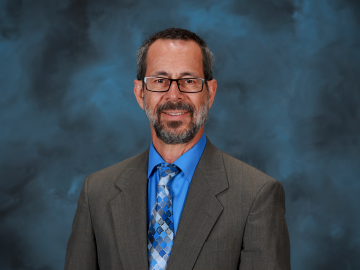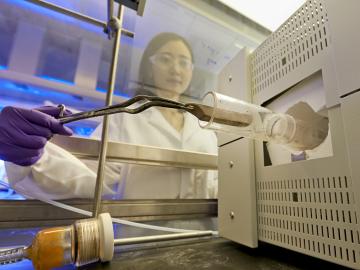
Quantum precision reached in modeling molten salt behavior

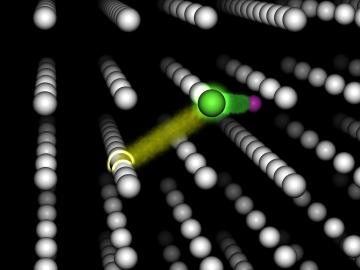
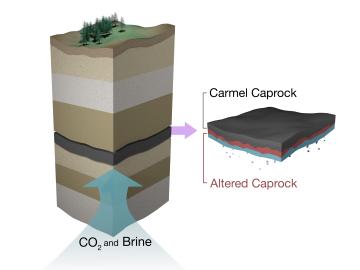
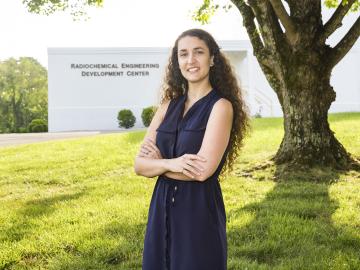
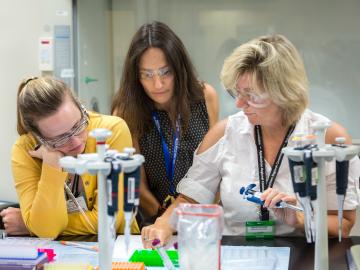
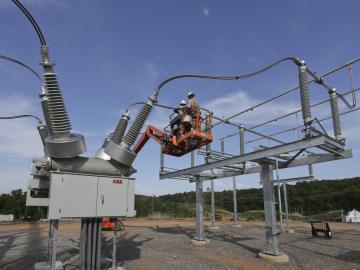
Climate and energy scientists at the Department of Energy’s Oak Ridge National Laboratory have developed a new method to pinpoint which electrical service areas will be most vulnerable as populations grow and temperatures rise.

The Department of Energy’s Oak Ridge National Laboratory will add its computational know-how to the battle against cancer through several new projects recently announced at the White House Cancer Moonshot Summit.

While trying to fatten the atom in 1938, German chemist Otto Hahn accidentally split it instead. This surprising discovery put modern science on the fast track to the atomic age and to the realization of technologies with profound potential for great harm or great help. Altho...
